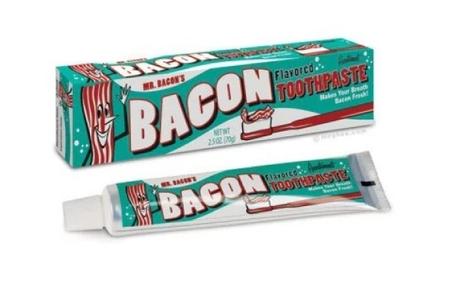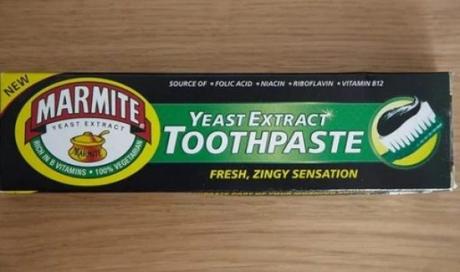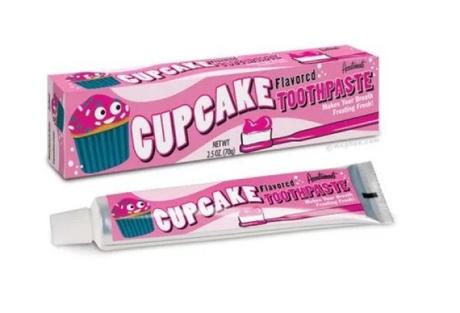
Choosing the right toothpaste is more important than many people realize. With so many options on the market, from whitening formulas to those designed for sensitive teeth, picking the best one for your needs can be overwhelming. The right toothpaste can help prevent cavities, strengthen enamel, freshen breath, and even reduce sensitivity.
To help you make an informed decision, we’ve compiled ten essential tips to guide you in selecting the perfect toothpaste for a healthier, brighter smile.
1. Look for Fluoride
Fluoride is the most important ingredient in toothpaste, as it helps to strengthen enamel and prevent tooth decay. The British Dental Association (BDA) and the NHS recommend fluoride toothpaste for both adults and children to maintain oral health.
Some natural toothpaste brands avoid fluoride, but unless advised otherwise by your dentist, it’s best to stick with a fluoride-based option to protect your teeth from cavities.
2. Identify Your Specific Oral Needs
Not all toothpastes are created equal. Different formulas cater to different dental concerns, including:
- Sensitive teeth – Desensitising toothpaste with potassium nitrate or stannous fluoride can help reduce discomfort.
- Whitening – Toothpaste with mild abrasives or bleaching agents can help remove surface stains.
- Gum disease prevention – Antibacterial toothpaste can help reduce plaque and inflammation.
- Tartar control – Special ingredients prevent tartar build-up, reducing the risk of gum disease.
Understanding your needs will make it easier to find the best toothpaste for you.
3. Consider ADA or BDA Approval
Toothpaste with the American Dental Association (ADA) or British Dental Association (BDA) Seal of Approval meets strict safety and effectiveness standards. Checking for these seals ensures you’re choosing a product that’s been tested and proven to work.
4. Avoid Harmful Ingredients
Some toothpaste ingredients may do more harm than good. Avoid the following where possible:
- Triclosan – Once used for its antibacterial properties, this ingredient has been phased out due to health concerns.
- Artificial sweeteners – Some people prefer natural alternatives like xylitol.
- Sodium Lauryl Sulphate (SLS) – A foaming agent that can cause irritation for people with sensitive mouths.
If you prefer natural toothpaste, look for options with plant-based ingredients and essential oils instead.

5. Choose the Right Level of Abrasiveness
Toothpaste contains mild abrasives to help remove plaque and stains. However, if it’s too abrasive, it can wear down enamel over time. The Relative Dentin Abrasivity (RDA) scale measures how harsh a toothpaste is. For daily use:
- Low RDA (0-70) – Best for sensitive teeth.
- Medium RDA (70-100) – Suitable for general use.
- High RDA (100-150) – Ideal for stain removal but should be used with caution.
6. Whitening Toothpaste: Pros and Cons
Whitening toothpaste can be effective in removing surface stains but doesn’t change the natural color of your teeth.
- Pros – Helps maintain a bright smile, removes stains from coffee, tea, and smoking.
- Cons – Some formulas are too abrasive and can lead to enamel erosion over time.
For deep whitening, professional treatments or whitening strips may be more effective.
7. Sensitivity-Relief Options
If you experience discomfort when consuming hot or cold foods, you may need a toothpaste designed for sensitive teeth. These formulas typically contain potassium nitrate or stannous fluoride, which help block nerve pathways and reduce pain over time.
8. Kids vs. Adults Toothpaste: What’s the Difference?
Children’s toothpaste differs from adult versions in several ways:
- Fluoride levels – Children’s toothpaste contains lower fluoride levels to prevent ingestion issues.
- Mild flavours – Fruity flavours make brushing more enjoyable for kids.
- Safe formulation – Less abrasive to protect developing enamel.
Children under six should use only a pea-sized amount of fluoride toothpaste and be supervised to avoid swallowing excess toothpaste.

9. Pay Attention to Flavour & Texture
The taste and texture of toothpaste can impact how often and effectively you brush. If you dislike strong mint flavours, consider a milder alternative like herbal or fruit-flavoured toothpaste.
Similarly, some people prefer a gel formula over a paste, or vice versa. Finding a toothpaste you enjoy using will help encourage consistent brushing habits.
10. Price vs. Quality: Is Expensive Always Better?
Many people assume that expensive toothpaste is superior, but that’s not always the case. Budget-friendly brands often contain the same active ingredients as premium options.
Rather than focusing on price, prioritise toothpaste with:
- Fluoride
- ADA/BDA approval
- Ingredients that suit your specific oral health needs
There are great options available at every price point, so shop smartly!
Conclusion
Selecting the right toothpaste is an essential part of maintaining good oral hygiene. By considering your personal dental needs, checking for important ingredients like fluoride, and avoiding harmful additives, you can ensure you’re using the best toothpaste for a healthier, brighter smile.
If you’re unsure which toothpaste is best for you, consult your dentist for personalised recommendations. Have a favorite toothpaste? Share your thoughts in the comments below!

